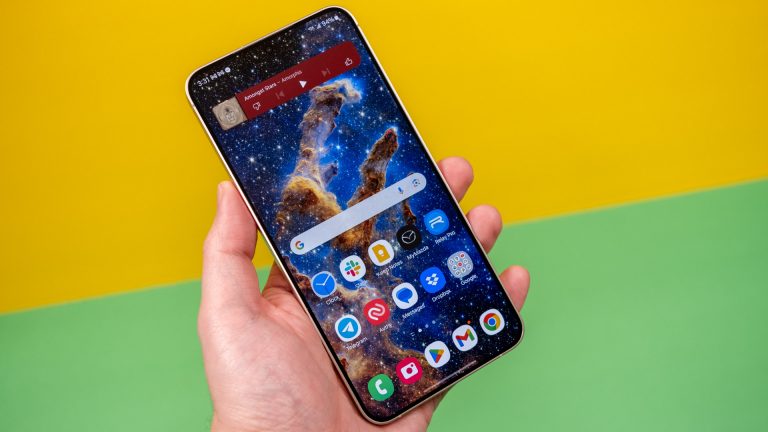Unleashing the Power of Tensor: How Google’s Extended Pixel Updates Revolutionize Your Mobile Experience
The Surprising Lifespan of Google’s Pixel Phones
Google’s Pixel series has always been known for its timely software updates, but the latest news is a game-changer for consumers. The Pixel 6 and 7 will now receive OS updates until Android 17 and 18, respectively, essentially extending their lifespan by another few years. This boon comes as a surprise, especially considering these phones are still rocking hardware that’ll remain capable for another few years.
The Tensor Advantage
So, what’s behind this unexpected news? The answer lies with Google’s in-house chip development, Tensor. By controlling the entire processor development process, Google has the flexibility to support its chips as it sees fit, allowing for longer-term support than its Android rivals. This is how Google can offer extended support for both flagship and budget handsets, and even surprise us with extra support for older models seemingly out of nowhere.
A Luxury and a Cost
Developing Tensor in-house comes with a cost, both in terms of designing silicon and continuing to update the low-level software. And on top of that, Google must develop the actual OS updates for each phone. This luxury is only afforded to Google, as a result of being at the helm of the entire processor development process.
Benefits for Affordable Smartphones
As a result of using the same chips across price points, affordable smartphones have also benefitted from Google’s approach. In theory, it could continue to do so for as long as it wanted – or at least until it becomes uneconomical or too few handsets remain active for it to be worthwhile.
A New Era for Android Updates
Google’s Tensor might face criticism for not being a benchmark-topping chip, but in terms of providing value for money, it’s hard to argue against the Pixel series’ market-leading update pledges. And with Google’s new Longevity GRF program, phone manufacturers can reuse up to seven-year-old chipset software when applying Android updates, with a kernel update required after every three years. This means that upcoming flagships should see longer-term support than their predecessors, at least in theory.
A Glimmer of Hope for Android Rivals
Unfortunately, we shouldn’t expect rivals to match Google’s surprise lifespan extension for older flagships. MediaTek, Qualcomm, and their partners will need to spend a significant amount of money improving support for older models, and it’s unlikely they’ll follow suit. However, the Longevity GRF program does offer a glimmer of hope for a more sustainable future for Android updates.
What’s Next?
As for the Pixel 8 series and onwards, they already offer extensive seven-year update policies that’ll probably outlast their hardware. While it’s unlikely we’ll see Google add additional years of support to its Pixel phones again in the future, the Pixel series has certainly set a new standard for Android updates.





